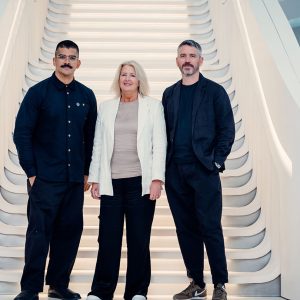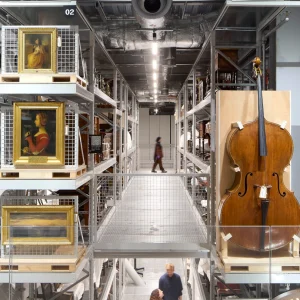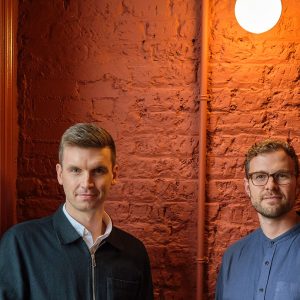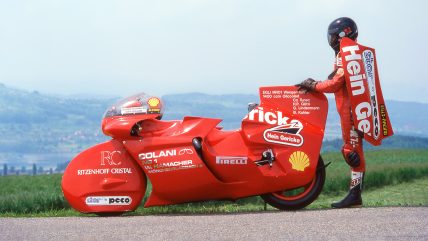
‘Design and sport have always interacted and fed into one another. Design plays a key role in the history of sport and increases athletic capacities. Designers draw on materials, sports ergonomics and aesthetics to support athletes in their quest for increasingly outstanding sporting performances.’
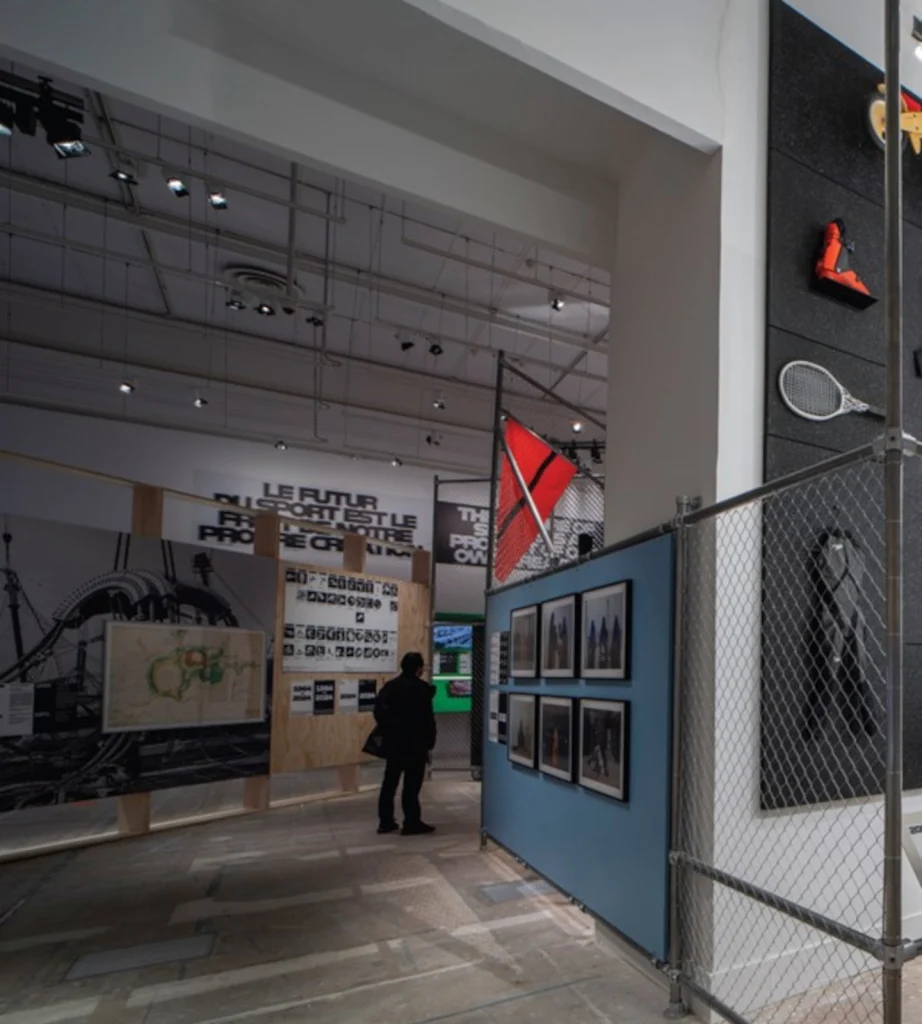
So said curator Konstantin Grcic at the Musée du Luxembourg in Paris, where he organised an exhibition on the future of design and sport to mark the Paris 2024 Olympic Games. Part of the Olympiade Culturelle programme, Match explored the role of design in the progress of sport, the ties forged between these two fields, as well as setting the agenda for future potential developments. The exhibition also looked at how the sporting world has always inspired top designers – and vice-versa – in sectors including the automotive and ready-to-wear industries.
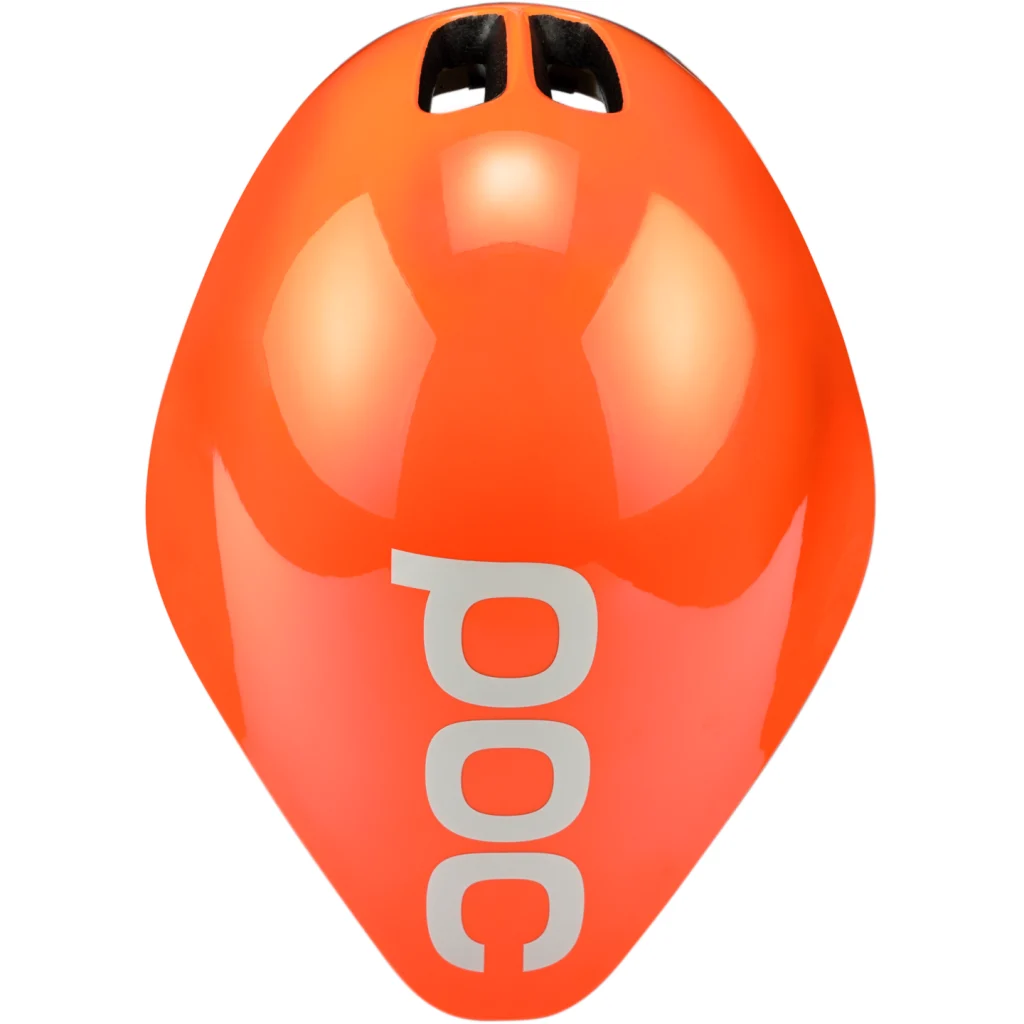
The exhibition was marked by a series of other events, demonstrations, discussion groups and workshops, all designed to encourage young people to participate in sport and to consider entering the design profession. The design of the exhibition was exceptional, the graphics striking and memorable and, if the children that were so engrossed in it all when I visited were anything to go by, it demonstrated how creativity really can foster potential talent.
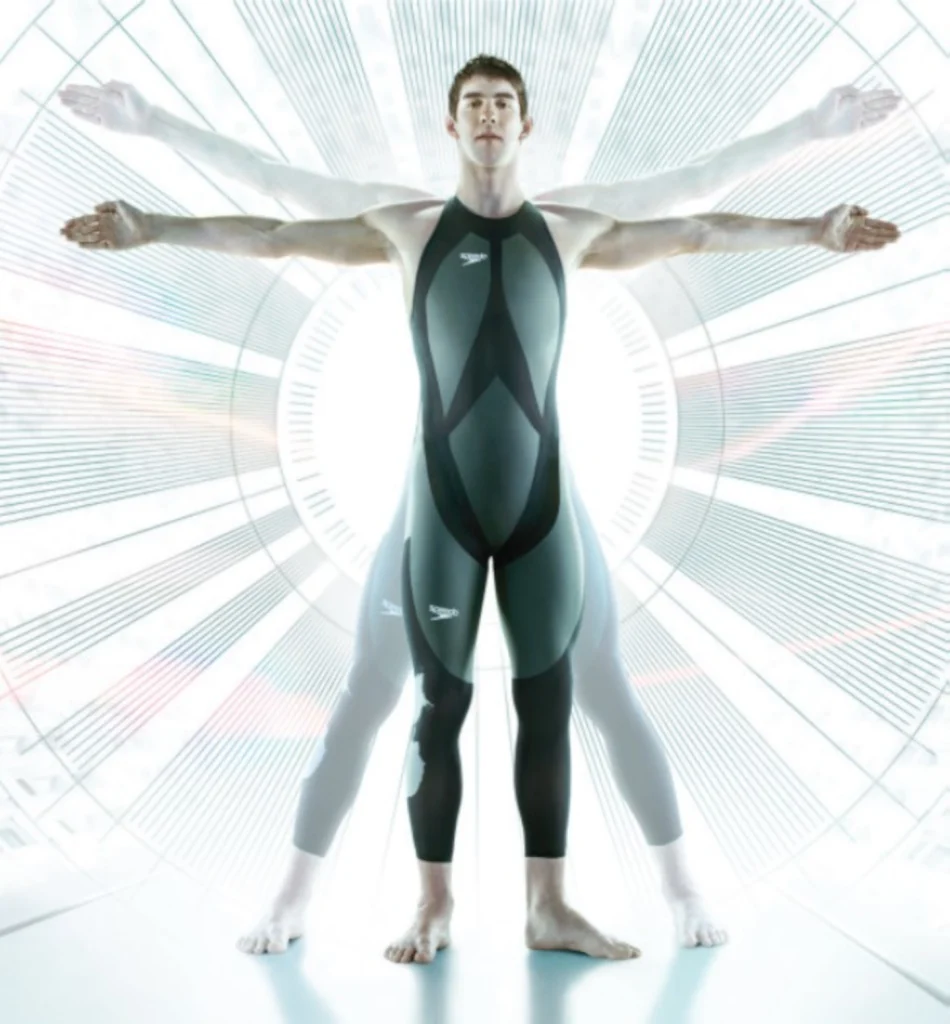
At a time when British politicians and parts of the media were consumed with the idea as to whether the England football shirt was potentially part of some woke conspiracy when Nike modified the flag of Saint George, and politicians and the press in Germany argued as to whether the typographer at Adidas had created a numerical system that the extreme right might use to replicate the lightning logo used by the SS, it was good to find something that explained how design had been used to increase safety in Formula One racing cars; how the design of everything from golf balls to basketballs to rugby balls to balls designed for the partially sighted might produce better results; how the design of a saddle could complement the achievement of a show jumper; how streamlining a motorbike enhanced performance; how a space agency collaborated on the design of swimwear; how the first sports bra came into existence; how a Paralympic rugby wheelchair worked; how you could homebuild a racing bike from bamboo; how sports pictograms have developed; how the Refugee Nation flag came into being in 2016, and the design of stadiums has changed; how all these things and hundreds more had developed over the years and how things might progress in the future – the list was endless and fascinating. In total there were more than 150 exhibits, from historical pieces to signature icons, commercial products, prototypes, models, special commissions, films, and interactive elements. At the end of it all, visitors could grasp just how much design was essential to sporting performance, and how it had increasingly become data-driven. Without formulating any defining or specific interpretation, the question of the future of sport remained open, on the basis that robotics, technology and the general digitisation of sports will all continue to develop. Overall it was a truly immersive experience.
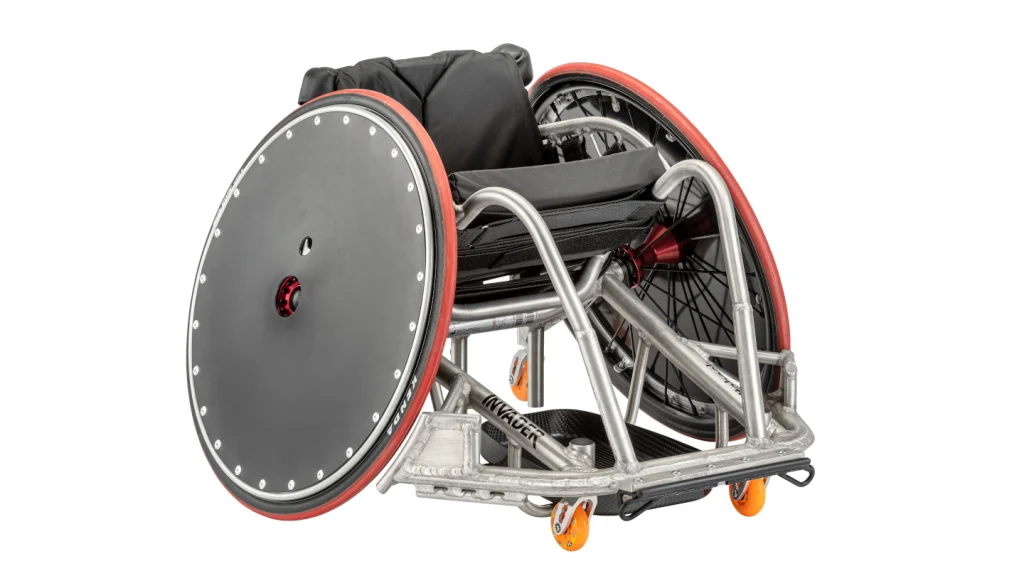
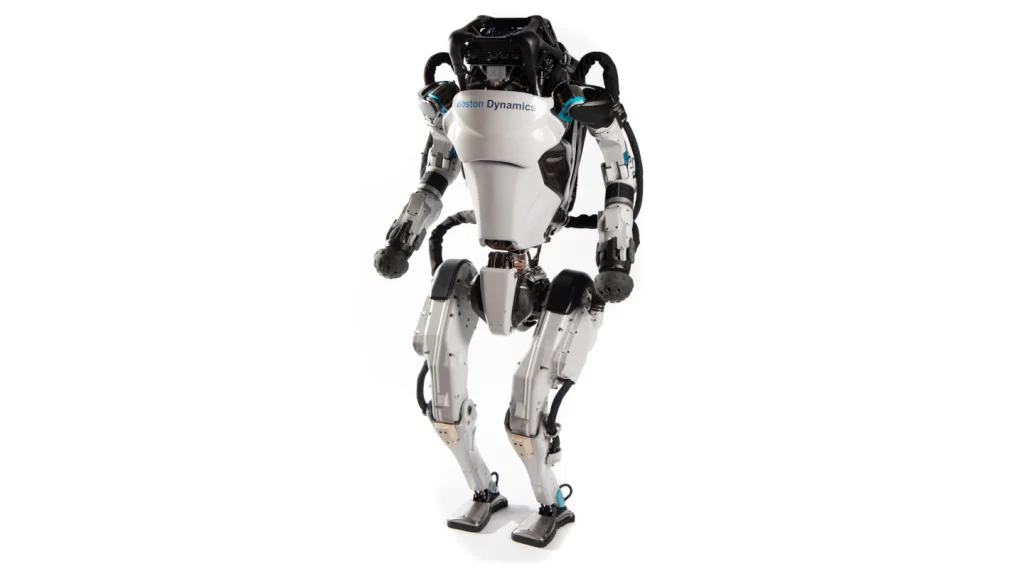
It was designed by Grcic, together with Nathalle Opris, and Jean-Christophe Denise working as project architect in Paris. Catalogue and exhibition graphics were by Bureau Borsche in Munich, led by Kolja Buscher.



Grcic, a designer himself, studied cabinet making at the John Makepeace School in Dorset, before studying industrial design at the RCA, and later working with Jasper Morrison for SCP. Today, his studio with nine designers is located in Berlin. He has been fêted with design awards and honours: twice winner of both the Compasso d’Oro and the Designpreis Deutschland, plus a Best of the Best Red Dot award and an IF design award, he was named Designer of the Year at Design Miami, and Best Designer at the Salone del Mobile. He has created installations and developed furniture, lighting, watches, tableware, espresso makers and even umbrellas. A retrospective of his work was shown at the Chicago Art Institute and his ideas have been on display at the Vitra Design Museum. Some of his pieces are part of the permanent collection at both MoMA in New York and the Pompidou Centre in Paris. His spartan and functional approach to design was on display at the Luxembourg, an exhibition that was full of unusual angles and some hard edges. He conceived Match as a launch-pad for thinking about the future of sports by examining sports through the lens of design and exploring how design, in its many forms, is an integral component of it.
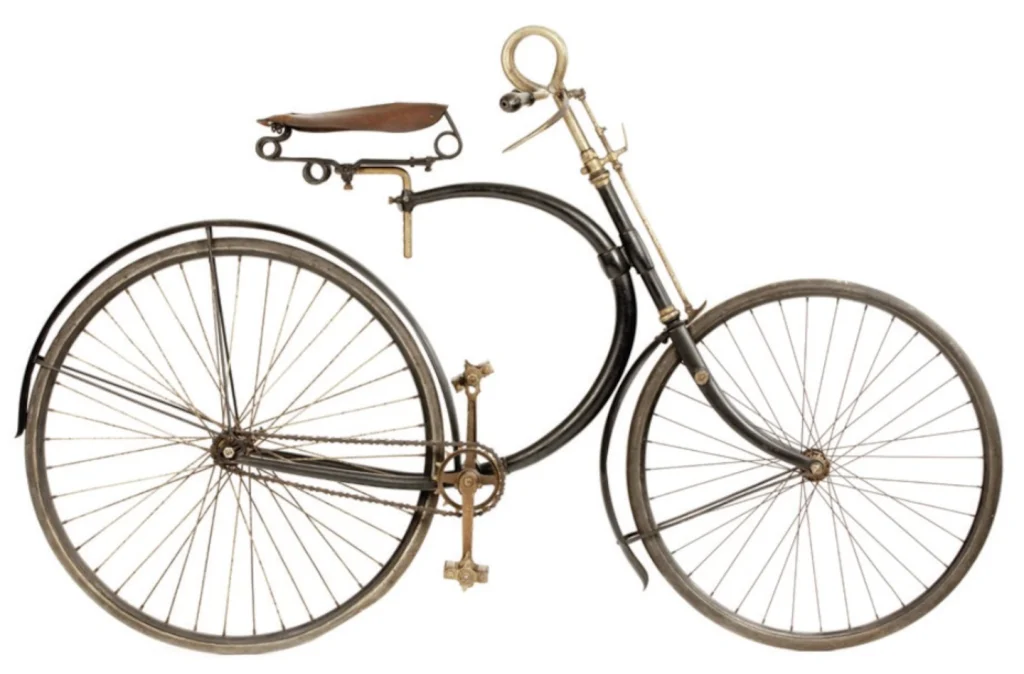
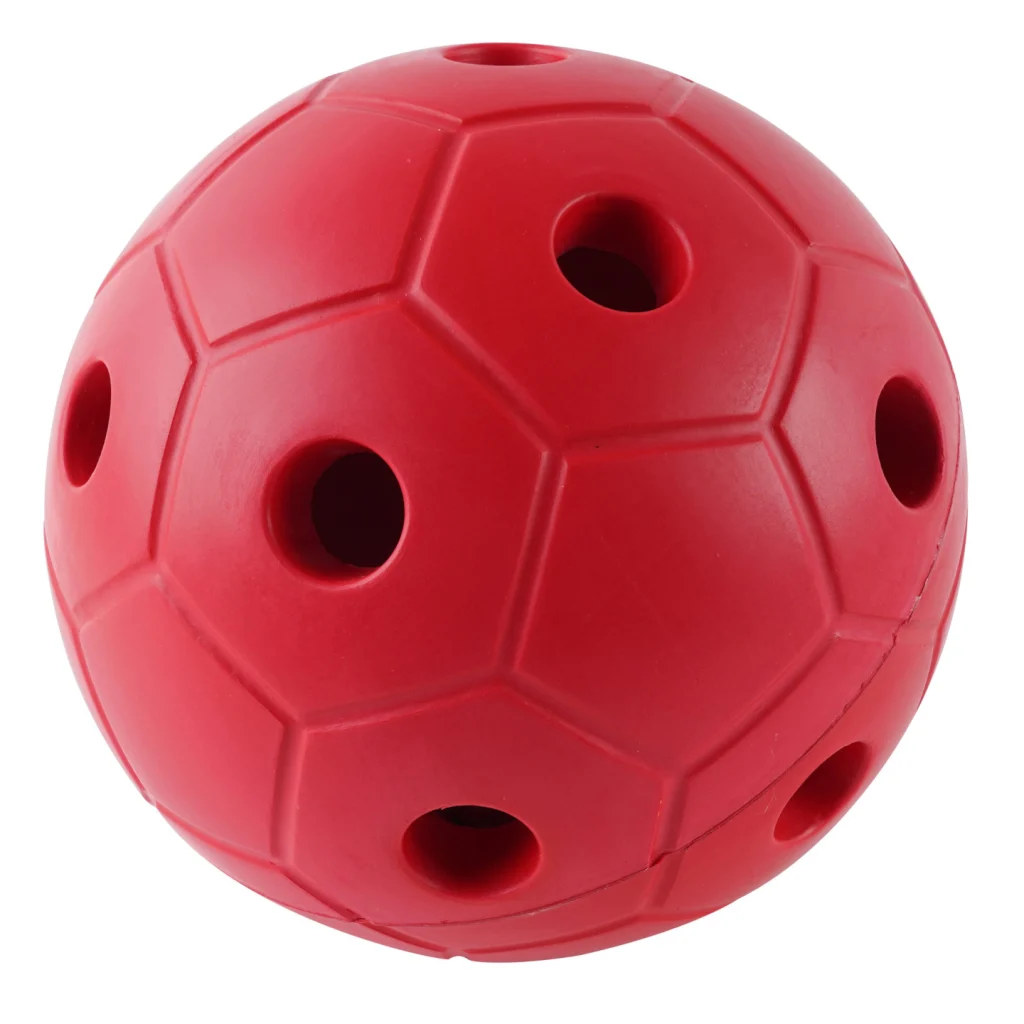
Grcic said of the exhibition: ‘The impact of design within sports extends far beyond the shape, look and feel of equipment. A ball’s weight or the responsiveness of a keyboard actually define the speed of a game. Technology enhances human capabilities and compensates for so-called deficiencies. Games – both physical and digital – are controlled by the fine-tuned designs of rules and regulations. Even the spectators’ experience is carefully designed, from camera placements and drone footage to online streaming platforms as well as the look and feel of a stadium. It is an expanded understanding and awareness of this ever-changing impact that drives the future of design and sports.’
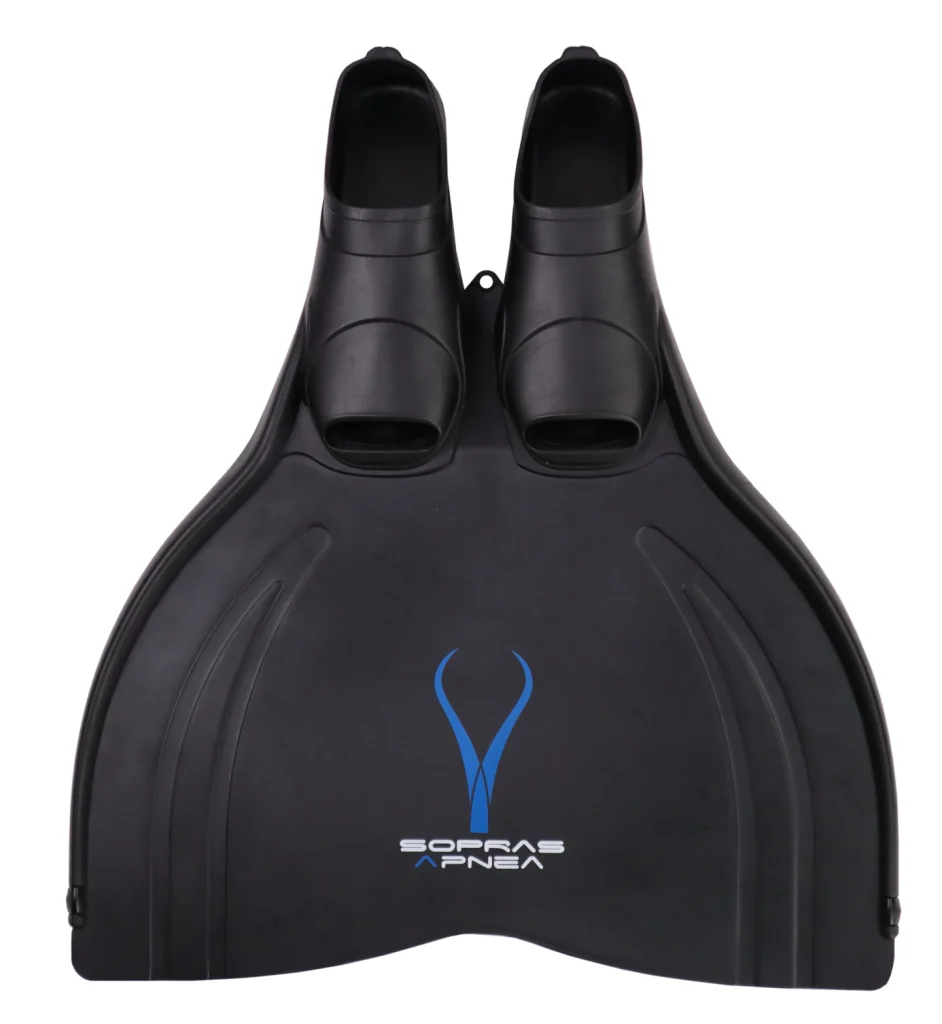
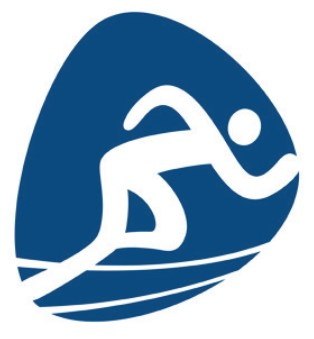

He added: ‘Throughout the history of sports, design has created lighter, safer, stronger, performance-enhancing products for athletes – professionally and otherwise. Design has also helped sports become more inclusive through the development of protheses as well as the creation of virtual games like eSports. Yet as design pushes sport forward through the incorporation of the latest technologies, sport also pushes design forward: athletes desire equipment that not only looks and feels good but also – and perhaps more importantly – reflects their personal identity and gives them a boost of self-confidence.’
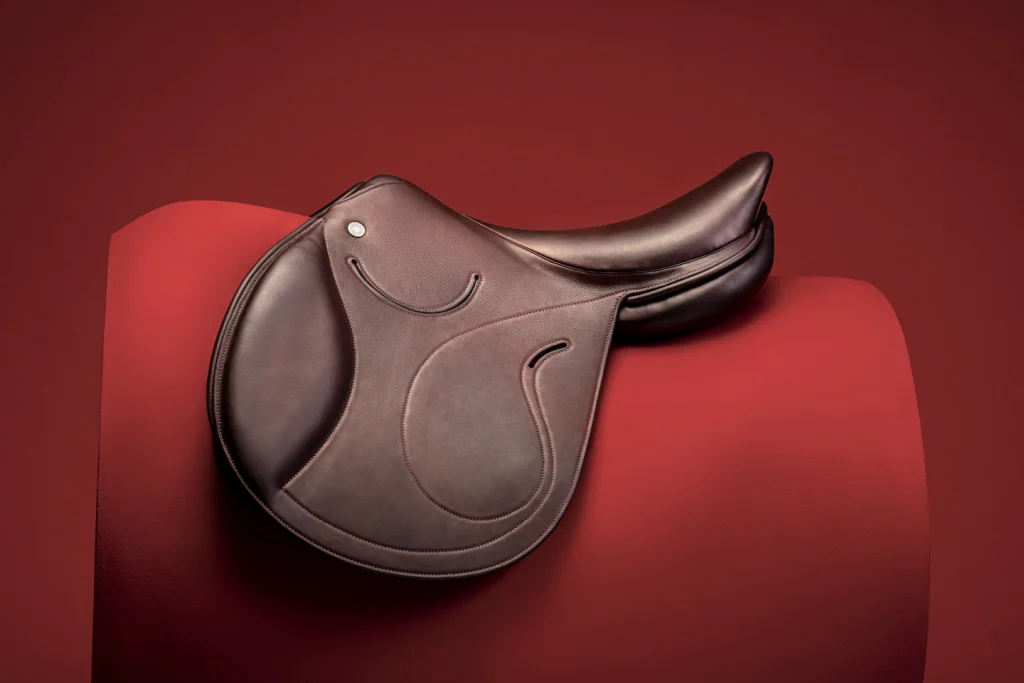
And as for Paris, art, design and sport met some sort of zenith when the Louvre organised yoga and sport sessions in its famed galleries as part of a city-wide cultural programme for the Olympics. The world’s biggest museum offered visitors the chance to take part in dance, yoga and work-out sessions with instructors and coaches while gazing upon its worldrenowned paintings and sculptures. Game, set and match to Paris?

